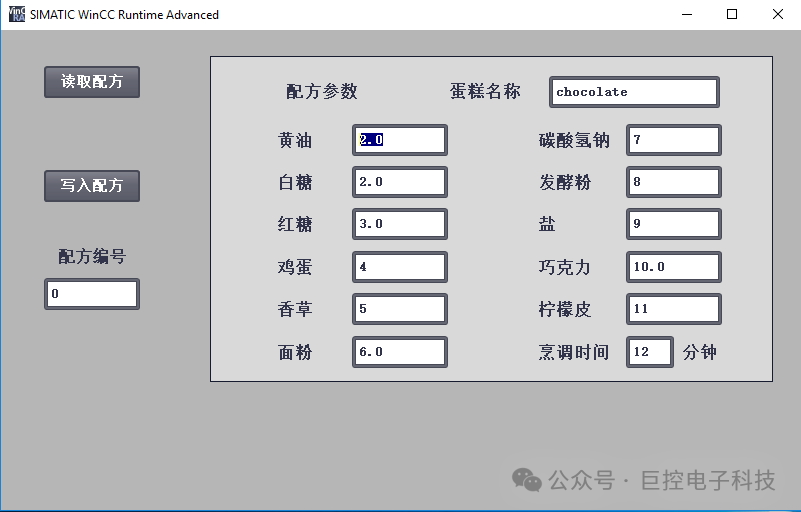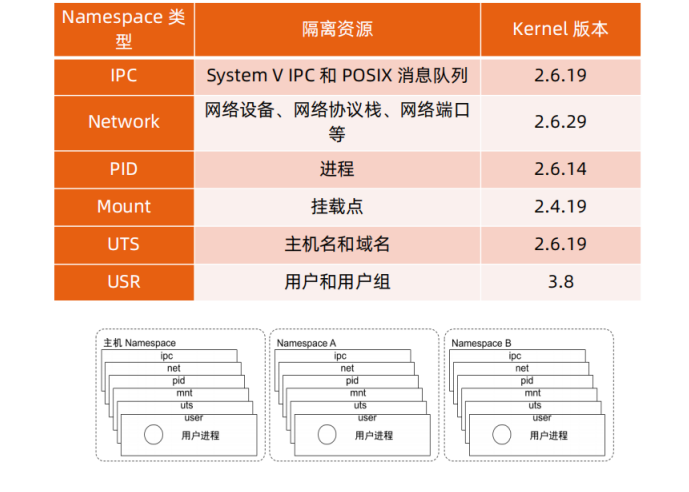>- **🍨 本文为[🔗365天深度学习训练营](https://mp.weixin.qq.com/s/0dvHCaOoFnW8SCp3JpzKxg) 中的学习记录博客**
>- **🍖 原作者:[K同学啊](https://mtyjkh.blog.csdn.net/)**
1. 设置GPU
如果使用的是CPU可以忽略这步
from tensorflow import keras
from tensorflow.keras import layers,models
import os, PIL, pathlib
import matplotlib.pyplot as plt
import tensorflow as tf
gpus = tf.config.list_physical_devices("GPU")
if gpus:
gpu0 = gpus[0] #如果有多个GPU,仅使用第0个GPU
tf.config.experimental.set_memory_growth(gpu0, True) #设置GPU显存用量按需使用
tf.config.set_visible_devices([gpu0],"GPU")
gpus2. 导入数据
data_dir = "./45-data/"
data_dir = pathlib.Path(data_dir)3. 查看数据
image_count = len(list(data_dir.glob('*/*.jpg')))
print("图片总数为:",image_count)图片总数为: 2142
4.加载数据
使用image_dataset_from_directory方法将磁盘中的数据加载到tf.data.Dataset中
测试集与验证集的关系:
- 验证集并没有参与训练过程梯度下降过程的,狭义上来讲是没有参与模型的参数训练更新的。
- 但是广义上来讲,验证集存在的意义确实参与了一个“人工调参”的过程,我们根据每一个epoch训练之后模型在valid data上的表现来决定是否需要训练进行early stop,或者根据这个过程模型的性能变化来调整模型的超参数,如学习率,batch_size等等。
- 因此,我们也可以认为,验证集也参与了训练,但是并没有使得模型去overfit验证集
batch_size = 32
img_height = 224
img_width = 224"""
关于image_dataset_from_directory()的详细介绍可以参考文章:https://mtyjkh.blog.csdn.net/article/details/117018789
"""
train_ds = tf.keras.preprocessing.image_dataset_from_directory(
data_dir,
validation_split=0.2,
subset="training",
seed=123,
image_size=(img_height, img_width),
batch_size=batch_size)Found 2142 files belonging to 2 classes.
Using 1714 files for training."""
关于image_dataset_from_directory()的详细介绍可以参考文章:https://mtyjkh.blog.csdn.net/article/details/117018789
"""
val_ds = tf.keras.preprocessing.image_dataset_from_directory(
data_dir,
validation_split=0.2,
subset="validation",
seed=123,
image_size=(img_height, img_width),
batch_size=batch_size)Found 2142 files belonging to 2 classes.
Using 428 files for validation.class_names = train_ds.class_names
print(class_names)['Monkeypox', 'Others']
5. 可视化数据
plt.figure(figsize=(20, 10))
for images, labels in train_ds.take(1):
for i in range(20):
ax = plt.subplot(5, 10, i + 1)
plt.imshow(images[i].numpy().astype("uint8"))
plt.title(class_names[labels[i]])
plt.axis("off")
6. 再次检查数据
for image_batch, labels_batch in train_ds:
print(image_batch.shape)
print(labels_batch.shape)
break(32, 224, 224, 3)
(32,)7. 配置数据集
AUTOTUNE = tf.data.AUTOTUNE
train_ds = train_ds.cache().shuffle(1000).prefetch(buffer_size=AUTOTUNE)
val_ds = val_ds.cache().prefetch(buffer_size=AUTOTUNE)8.构建CNN网络
num_classes = 2
"""
关于卷积核的计算不懂的可以参考文章:https://blog.csdn.net/qq_38251616/article/details/114278995
layers.Dropout(0.4) 作用是防止过拟合,提高模型的泛化能力。
在上一篇文章花朵识别中,训练准确率与验证准确率相差巨大就是由于模型过拟合导致的
关于Dropout层的更多介绍可以参考文章:https://mtyjkh.blog.csdn.net/article/details/115826689
"""
model = models.Sequential([
layers.experimental.preprocessing.Rescaling(1./255, input_shape=(img_height, img_width, 3)),
layers.Conv2D(16, (3, 3), activation='relu', input_shape=(img_height, img_width, 3)), # 卷积层1,卷积核3*3
layers.AveragePooling2D((2, 2)), # 池化层1,2*2采样
layers.Conv2D(32, (3, 3), activation='relu'), # 卷积层2,卷积核3*3
layers.AveragePooling2D((2, 2)), # 池化层2,2*2采样
layers.Dropout(0.3),
layers.Conv2D(64, (3, 3), activation='relu'), # 卷积层3,卷积核3*3
layers.Dropout(0.3),
layers.Flatten(), # Flatten层,连接卷积层与全连接层
layers.Dense(128, activation='relu'), # 全连接层,特征进一步提取
layers.Dense(num_classes) # 输出层,输出预期结果
])
model.summary() # 打印网络结构Model: "sequential"
_________________________________________________________________
Layer (type) Output Shape Param #
=================================================================
rescaling (Rescaling) (None, 224, 224, 3) 0
_________________________________________________________________
conv2d (Conv2D) (None, 222, 222, 16) 448
_________________________________________________________________
average_pooling2d (AveragePo (None, 111, 111, 16) 0
_________________________________________________________________
conv2d_1 (Conv2D) (None, 109, 109, 32) 4640
_________________________________________________________________
average_pooling2d_1 (Average (None, 54, 54, 32) 0
_________________________________________________________________
dropout (Dropout) (None, 54, 54, 32) 0
_________________________________________________________________
conv2d_2 (Conv2D) (None, 52, 52, 64) 18496
_________________________________________________________________
dropout_1 (Dropout) (None, 52, 52, 64) 0
_________________________________________________________________
flatten (Flatten) (None, 173056) 0
_________________________________________________________________
dense (Dense) (None, 128) 22151296
_________________________________________________________________
dense_1 (Dense) (None, 2) 258
=================================================================
Total params: 22,175,138
Trainable params: 22,175,138
Non-trainable params: 0
_________________________________________________________________9.编译
# 设置优化器
opt = tf.keras.optimizers.Adam(learning_rate=1e-4)
model.compile(optimizer=opt,
loss=tf.keras.losses.SparseCategoricalCrossentropy(from_logits=True),
metrics=['accuracy'])10.训练模型
from tensorflow.keras.callbacks import ModelCheckpoint
epochs = 50
checkpointer = ModelCheckpoint('best_model.h5',
monitor='val_accuracy',
verbose=1,
save_best_only=True,
save_weights_only=True)
history = model.fit(train_ds,
validation_data=val_ds,
epochs=epochs,
callbacks=[checkpointer])Epoch 1/50
54/54 [==============================] - 4s 18ms/step - loss: 0.6969 - accuracy: 0.5408 - val_loss: 0.6763 - val_accuracy: 0.6098Epoch 00001: val_accuracy improved from -inf to 0.60981, saving model to best_model.h5
Epoch 2/50
54/54 [==============================] - 1s 12ms/step - loss: 0.6672 - accuracy: 0.5858 - val_loss: 0.6423 - val_accuracy: 0.6612......
Epoch 00047: val_accuracy did not improve from 0.87850
Epoch 48/50
54/54 [==============================] - 1s 12ms/step - loss: 0.0953 - accuracy: 0.9691 - val_loss: 0.4090 - val_accuracy: 0.8715Epoch 00048: val_accuracy did not improve from 0.87850
Epoch 49/50
54/54 [==============================] - 1s 12ms/step - loss: 0.0699 - accuracy: 0.9819 - val_loss: 0.3922 - val_accuracy: 0.8832Epoch 00049: val_accuracy improved from 0.87850 to 0.88318, saving model to best_model.h5
Epoch 50/50
54/54 [==============================] - 1s 12ms/step - loss: 0.0714 - accuracy: 0.9772 - val_loss: 0.4151 - val_accuracy: 0.8785Epoch 00050: val_accuracy did not improve from 0.88318
11. Loss与Accuracy图
acc = history.history['accuracy']
val_acc = history.history['val_accuracy']
loss = history.history['loss']
val_loss = history.history['val_loss']
epochs_range = range(epochs)
plt.figure(figsize=(12, 4))
plt.subplot(1, 2, 1)
plt.plot(epochs_range, acc, label='Training Accuracy')
plt.plot(epochs_range, val_acc, label='Validation Accuracy')
plt.legend(loc='lower right')
plt.title('Training and Validation Accuracy')
plt.subplot(1, 2, 2)
plt.plot(epochs_range, loss, label='Training Loss')
plt.plot(epochs_range, val_loss, label='Validation Loss')
plt.legend(loc='upper right')
plt.title('Training and Validation Loss')
plt.show()
12. 指定图片进行预测
# 加载效果最好的模型权重
model.load_weights('best_model.h5')from PIL import Image
import numpy as np
# img = Image.open("./45-data/Monkeypox/M06_01_04.jpg") #这里选择你需要预测的图片
img = Image.open("./45-data/Others/NM15_02_11.jpg") #这里选择你需要预测的图片
image = tf.image.resize(img, [img_height, img_width])
img_array = tf.expand_dims(image, 0)
predictions = model.predict(img_array) # 这里选用你已经训练好的模型
print("预测结果为:",class_names[np.argmax(predictions)])预测结果为: Others


















